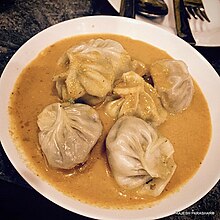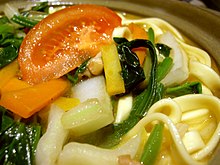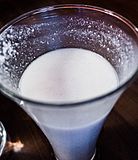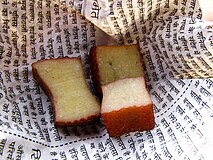

This is a list of Tibetan dishes and foods. Tibetan cuisine includes the culinary traditions and practices of Tibet and its peoples, many of whom reside in India and Nepal. It reflects the Tibetan landscape of mountains and plateaus. It is known for its use of noodles, goat, yak, mutton, dumplings, cheese (often from yak or goat milk), butter (also from animals adapted to the Tibetan climate) and soups.
The cuisine of Tibet is quite distinct from that of its neighbors. Tibetan crops must be able grow at the high altitudes, although a few areas in Tibet are low enough to grow such crops as rice, oranges, bananas, and lemon.[1] Since only a few crops grow at such high altitudes, many features of Tibetan cuisine are imported, such as tea, rice and others.
The most important crop in Tibet is barley. Flour milled from roasted barley, called tsampa, is the staple food of Tibet. It is eaten mostly mixed with the national beverage Butter tea. Meat dishes are likely to be yak, goat, or mutton, often dried, or cooked into a spicy stew with potatoes. Many Tibetans do not eat fish[2] because fish are one of the Eight Auspicious Symbols of Buddhism.








